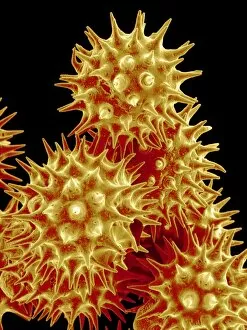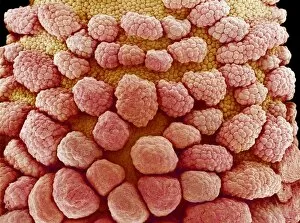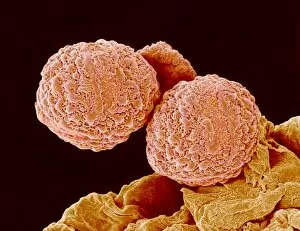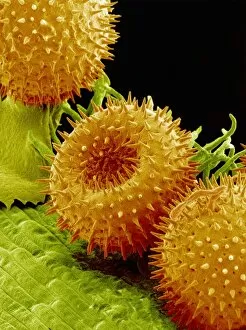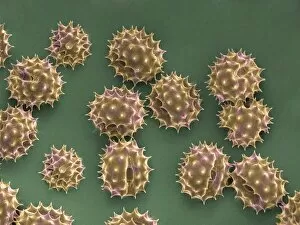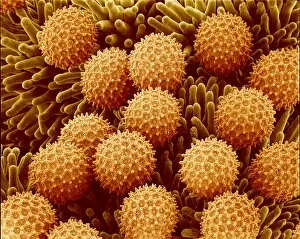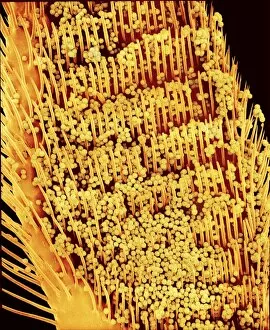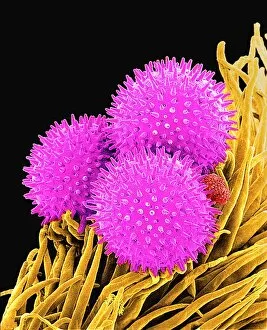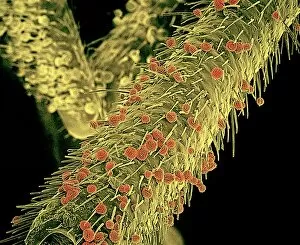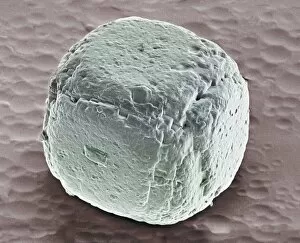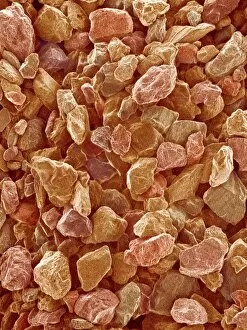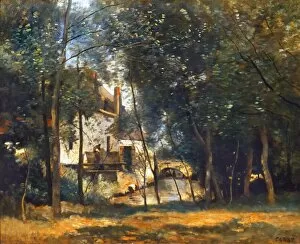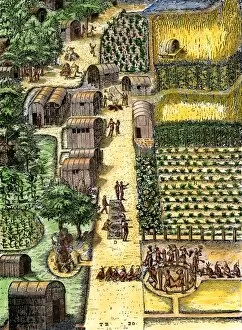Grain Collection (#79)
From the vast fields of TS Arethusa in 1962 to the modern marvels of John Deere combine harvesters, it has always been at the heart of agricultural abundance
For sale as Licensed Images
Choose your image, Select your licence and Download the media
From the vast fields of TS Arethusa in 1962 to the modern marvels of John Deere combine harvesters, it has always been at the heart of agricultural abundance. As golden barley crops sway in the breeze, a tractor diligently fills trailers with this precious bounty. But grains come in all shapes and sizes - even lavender pollen grains under an electron microscope reveal their intricate beauty. Across continents, from Mitchell's Corn Palace in South Dakota to Old Towngate in Holmfirth, West Yorkshire, grain weaves its way into our lives. In waterways like the Erie Canal at Troy, New York, barges transport tons for trade and sustenance. And let us not forget about wild rice, standing tall amidst serene waters as Zizania aquatica thrives. Even breweries rely on grains like those found within Bass Brewery Mash-tubs; they are essential ingredients that create beloved beverages. Nature's artistry is further showcased through Dahlia flower pollen seen up close under SEM - a testament to life's microscopic wonders. As locks open along the Erie Canal and boats pass through seamlessly, it becomes evident how vital these pathways are for transporting grains across regions. And who can resist gazing upon Vincent van Gogh's masterpiece 'Wheat Field with Cypresses, ' where wheat dances harmoniously with nature? Grain is more than just sustenance; it represents resilience and prosperity throughout history. Whether it be Triticum vulgare or bread wheat providing nourishment or inspiring artists' brushstrokes on canvas – grain connects us all.


